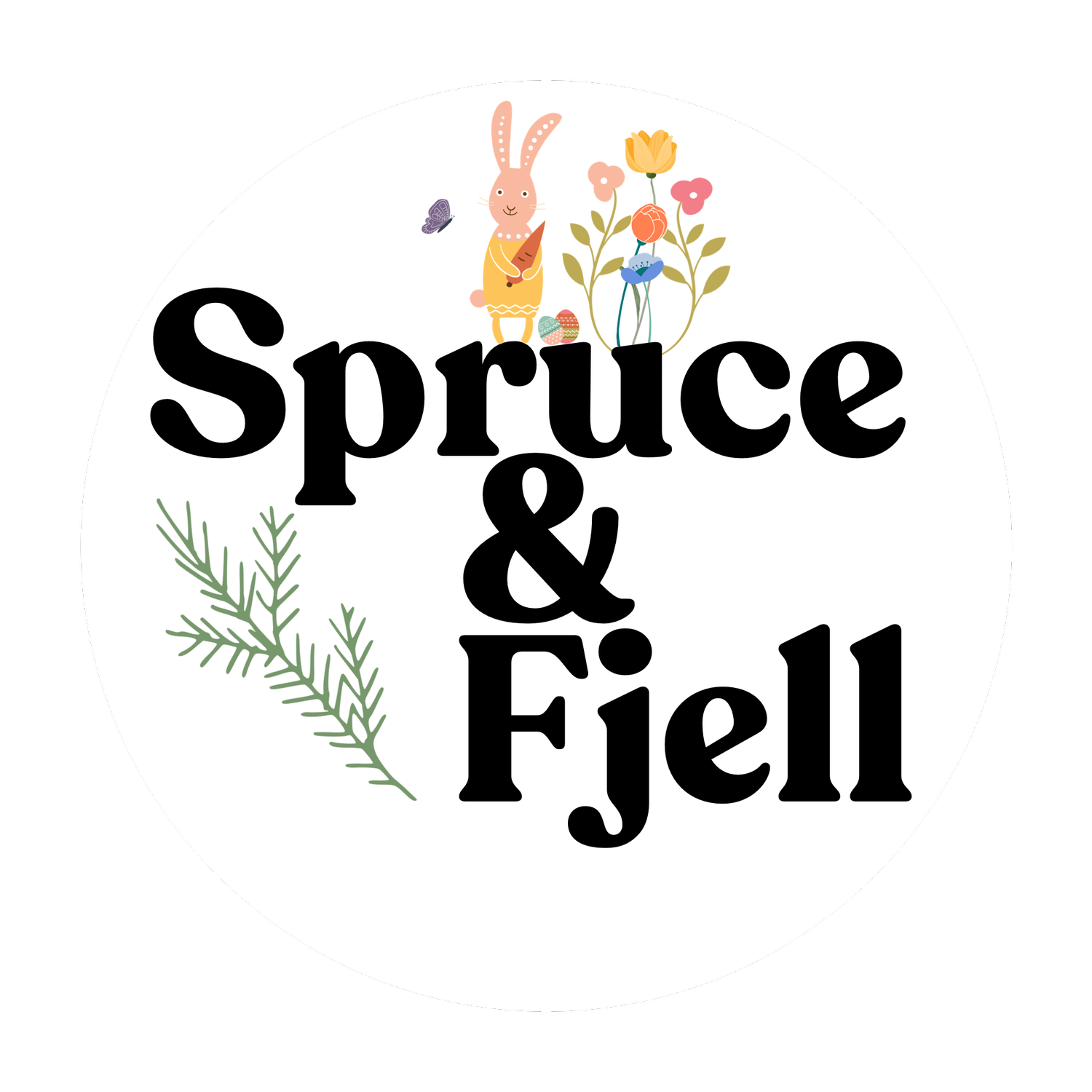Mosaic Fabric Eggs
Happy Spring-Easter Eggs
Disclosure: This site contains affiliate links. As an Amazon Associate, I earn from qualifying purchases. Clicking on links, and purchasing products, may result in the seller paying us compensation - at no extra cost to you. Affiliate links are in green.
Also see:
Blog: tips from the workroom & trails
Craft Projects
tulip Painting
Home Improvement
Fabric Mosaic Eggs
Simply apply to a smooth styrofoam egg using decoupage medium.
SUPPLIES
Easter egg holder (decorative piece to hold your finished egg)
smooth styrofoam eggs
Mod Podge or decoupage medium (I used matte finish)
fabric strips (cut two 45" long x 1/2" wide strips per egg)
fine sand paper sheet or block
one pair tweezers
paint brush (approximately 1/2" width)
paper plate
clear varnish for top coat (optional - I use Gamvar Varnish as a protective coating)
egg carton tray: I prefer clear (NOTE: I used a board that had nails holding the eggs, but this would not be safe for little ones due to the sharpness of the nails. An empty egg carton would also work.)
INSTRUCTIONS
1. Cut Mosaic Pieces
Cut the fabric strips into small "mosaic pieces".
2. Sand Egg
Using fine sand paper, sand off any rough areas. It doesn't have to be perfectly smooth, but bumps and ridges can show through the finished fabric layers. These should be removed.
3. Prepare Mod Podge
Pour approximately 2-3 tablespoons of decoupage medium into a plastic cup.
4. Place Egg On Board
Push one end of the egg down onto a nail that is coming up through the board.
OR - if little ones are helping - place the egg into an empty egg carton.
Place fabric pieces and tweezers onto a paper plate.
5. Dip Fabric
Using tweezers, pick up one piece of fabric. Lay it onto the Mod Podge surface, right side up, coating the wrong side with glue mix. Remove it from the glue mix, dragging it across the edge of the glue bowl to wipe off excess glue. Don't worry if glue mix gets on the right side of the fabric.
6. Place Fabric
Lay the fabric piece onto the surface of the egg. Use the tweezers for assistance. Use the paint brush to wipe off glue drips. Repeat with a new piece of fabric. When placing the second piece of fabric, overlap edges with the first piece.
7. Continue Placing Fabric
Continue dipping and placing fabric pieces until the entire upper part of the egg is covered. Cover as close to the base as you can. Go back and place pieces on any uncovered areas.
8. Mod Podge Coat 1
Using the paint brush, paint a thin coat of Mod Podge over the entire covered area, paying extra attention to any edges that are loose. The outer coating of Mod Podge will hold down the pieces and apply a nice finish. Allow to dry.
9. Remove Egg
Remove the egg from the board. Hold it by the covered end. Apply fabric strips to the uncovered end, following steps 5 through 7 above. Allow to dry.
10. Mod Podge Coat 2
Brush on a coating of Mod Podge to the end just covered. Allow to dry.
Check over the entire egg for any uncovered areas.
11. Varnish
Apply a coat of clear acrylic if desired. I usually use Gamvar Varnish on my projects for added protection.
Finished!
Place your beautiful new egg in an egg dish, or make several for a basket.
Painted Eggs
Learn how to create beautifully painted and textured eggs!
























Valentine abstract watercolor for small painting or card. Create stunning designs. Instructions plus printable heart templates.